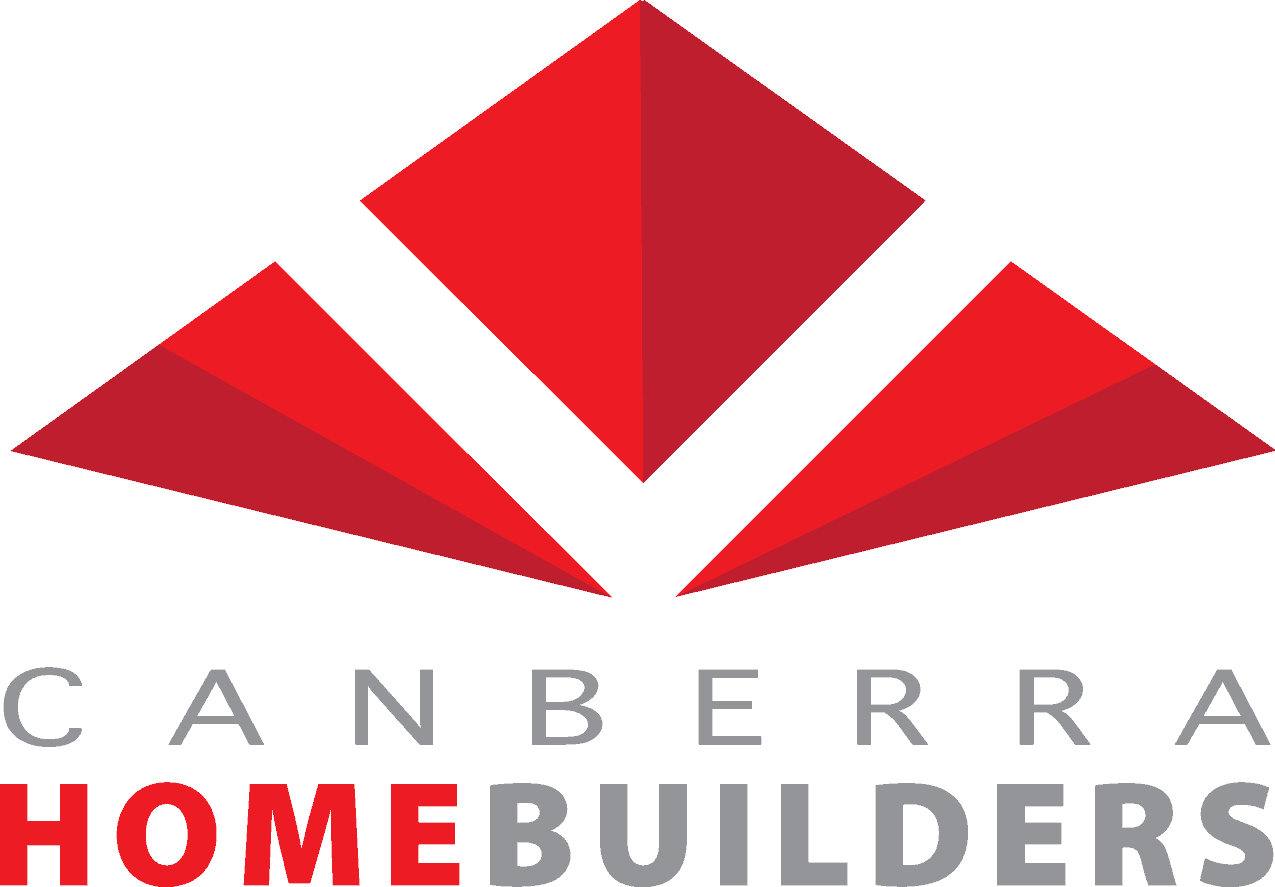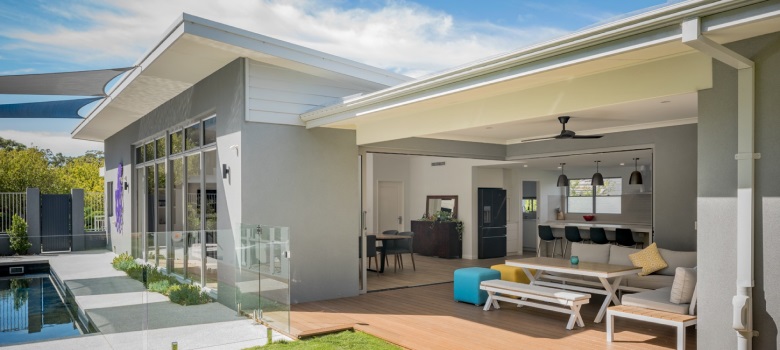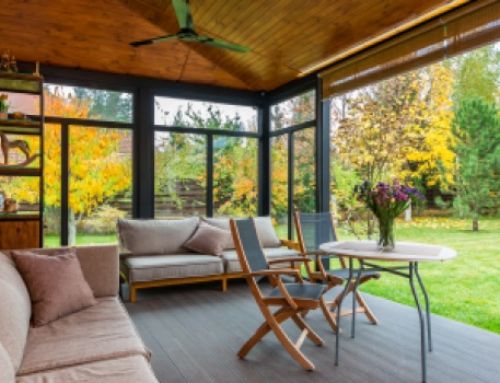Passive homes offer world-leading standards in home construction.
As the owner of a passive home, you’re not just reducing your ecological footprint but enjoying a level of indoor comfort and greater control over your energy costs than most people.
In addition, Canberra’s extreme temperatures – ranging from hot summers to cold winters – make it an ideal location for passive design and development.
With a range of exciting advantages that come with passive construction, the real question is, “How much does passive house cost?” and how can you find a home builder with the experience and track record to deliver on your innovative home.
Read on for answers to those questions plus a full breakdown of passive house costs and financial considerations.
What is a Passive Home?
Passive houses are designed to minimise the need for traditional heating and cooling systems, relying instead on a high-performance building envelope and ventilation system to maintain comfortable temperatures.
Built to strict energy efficiency standards, passive homes can use up to 90% less energy for heating and cooling compared to conventional homes.
In addition to energy efficiency, passive houses also offer excellent indoor air quality and a comfortable living environment all year round. The ventilation system in a passive house provides a constant supply of fresh air while filtering out pollutants and allergens, creating a healthy living environment for occupants.
Passive House Costs: An Overview
When it comes to the passive house cost in Canberra, it’s important to consider long-term energy savings as well as the initial investment.
The passive house cost in Canberra can vary depending on factors such as the complexity of the design and the cost of labour and materials.
According to the Australian Passive House Association (APHA), the cost of building a passive house can be up to 10% higher than a conventional home due to the additional materials and labour required for the high-performance building envelope and ventilation system.
However, the long-term energy savings can make up for the additional upfront cost (more on those below).
How Much Does a Passive Home Cost per m2?
A study by the APHA found that the passive house cost in Australia can range from $2,000 to $3,000 per square metre, depending on the complexity of the design and the cost of labour and materials in the area.
This means that the cost of building a 150-square-metre passive house in Canberra could range from $300,000 to $450,000.
While the cost of building or renovating a custom home may be higher than conventional homes, the long-term benefits of passive design make it a worthwhile investment.
Passive houses are highly energy-efficient and can use up to 90% less energy for heating and cooling compared to conventional homes. The long-term energy savings can make up for the passive house cost in the long run.
It’s important to note that there are also government incentives available for building energy-efficient homes. The Australian government offers the HomeBuilder grant, which provides a $25,000 grant for building or renovating a new home or investment property.
Additionally, the ACT Government offers a Sustainable Household Scheme that provides financial incentives for installing energy-efficient measures in homes, such as insulation, double-glazed windows, and solar panels.
Are There Other Costs to Consider?
In addition to the cost of building or renovating a passive house in Canberra, it’s important to consider ongoing maintenance and operational costs.
Passive houses require minimal energy for heating and cooling, but they do require ongoing maintenance to ensure that the high-performance building envelope and ventilation system continue to function properly.
Maintenance costs for a passive house can vary depending on the complexity of the design and the cost of labour and materials in the area. According to the APHA, maintenance costs for a passive house can range from $500 to $1,000 per year. This includes the cost of regular maintenance such as filter replacements and inspection of the building envelope and ventilation system.
Passive Home Maintenance Costs
While passive houses use minimal energy for heating and cooling, they still require electricity for lighting, appliances, and other energy uses. The cost of electricity in Canberra can vary depending on the energy provider and the type of plan you choose. According to the Australian Energy Market Commission, the average cost of electricity in Canberra is around 28 cents per kilowatt-hour.
To reduce the cost of operating a passive house, it’s important to consider energy-efficient appliances and lighting, as well as renewable energy sources such as solar panels. Installing a solar panel system can significantly reduce electricity costs for a passive house and can also generate revenue through feed-in tariffs.
Factors That Impact the Passive House Cost
✘ Size and complexity of the design: The larger and more complex the design, the higher the construction costs will be. A simple, rectangular design will typically be more cost-effective than a complex design with many angles and corners.
✘ Choice of materials: The materials used in construction can also impact the cost of building a passive house. High-performance building materials such as triple-glazed windows and insulated concrete forms can be more expensive than traditional materials but offer greater energy efficiency.
✘ Certification: Passive houses require certification from an accredited body to ensure that they meet strict energy efficiency standards. The cost of certification can vary depending on the size and complexity of the design.
✘ Labour costs: The cost of labour can vary depending on the location and availability of skilled workers. Canberra has a competitive labour market, which can impact the cost of building a passive house.
✘ Site conditions: The site conditions, such as soil type and slope, can also impact the cost of building a passive house. A site with difficult access or challenging topography may require additional work and equipment, which can increase the cost of construction.
✘ Government incentives: The Australian government offers various incentives for building energy-efficient homes, including grants and rebates. These incentives can help offset the additional upfront costs of building or renovating a passive house in Canberra.
Design the Home of Your Dreams With Canberra Home Builders
At Canberra Home Builders, we let our work and our expertise do the talking. All of our registration numbers are public and easy to check and with a portfolio of past projects, a 6-year structural guarantee, and a 65-day defect period on all new builds, we’re confident you’ll love the ease and hassle-free approach we bring.
At the same time, we know choosing a new home builder is a big decision. So don’t commit to a single thing. Get in touch today and enjoy a 100% free home-building consultation to put our skills and price to the test.
If you want to learn more about home building, check out our other resources:



